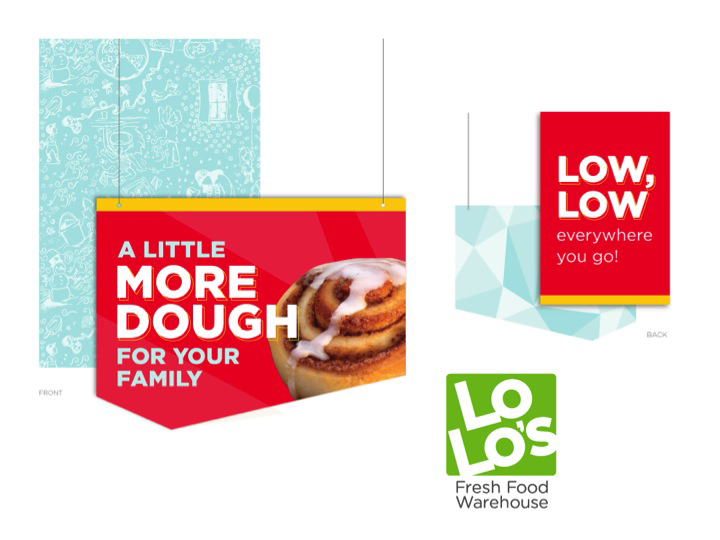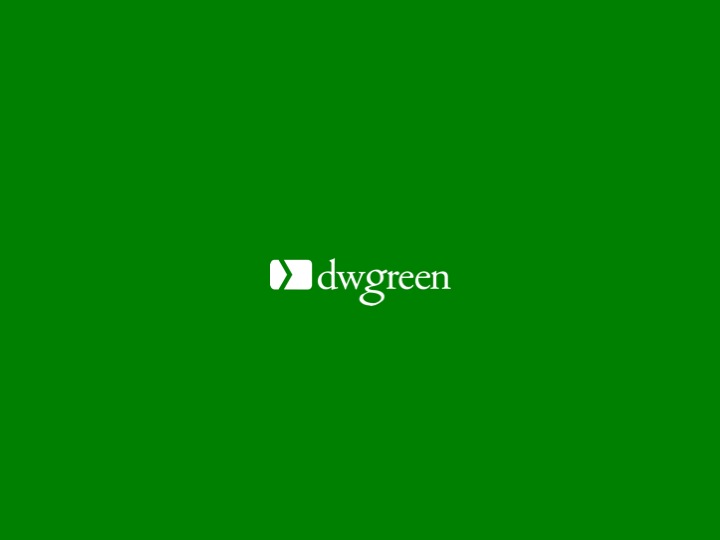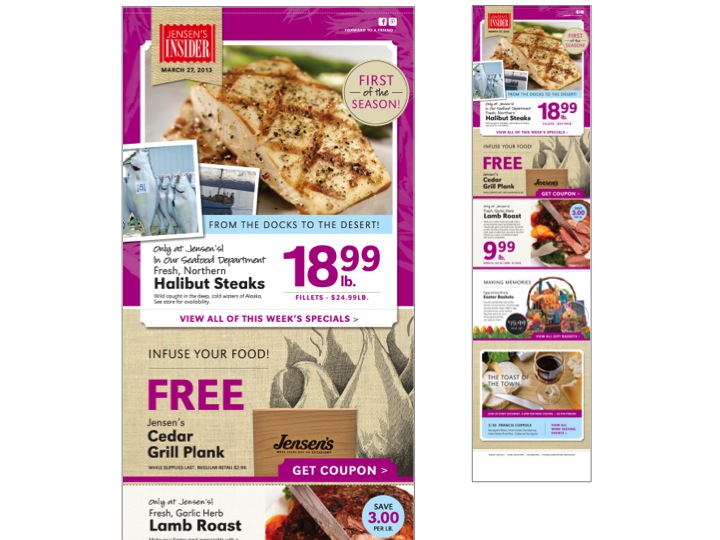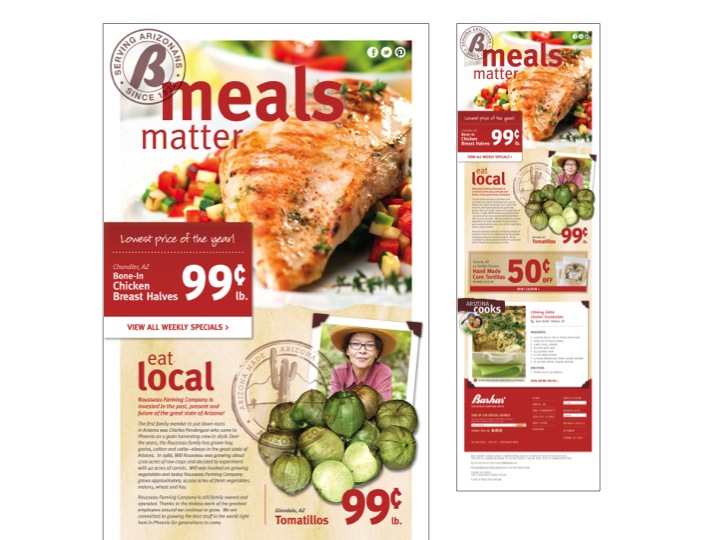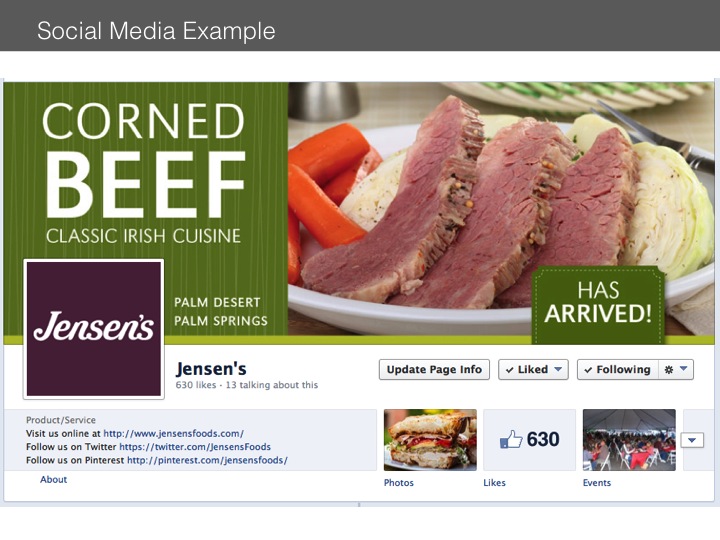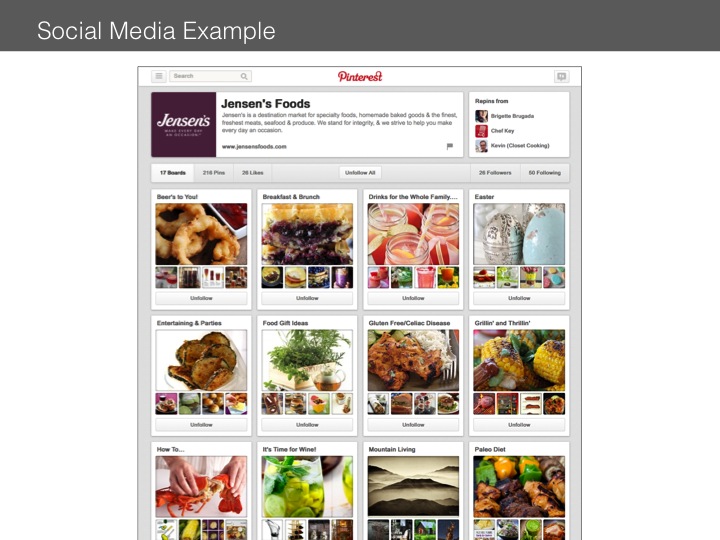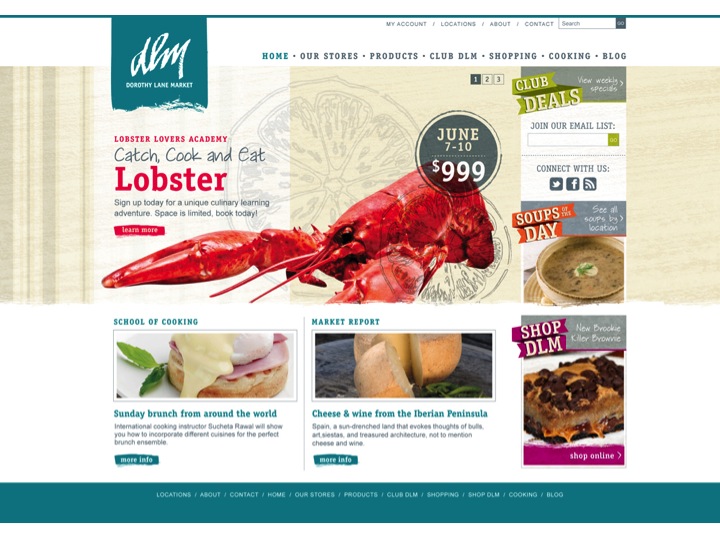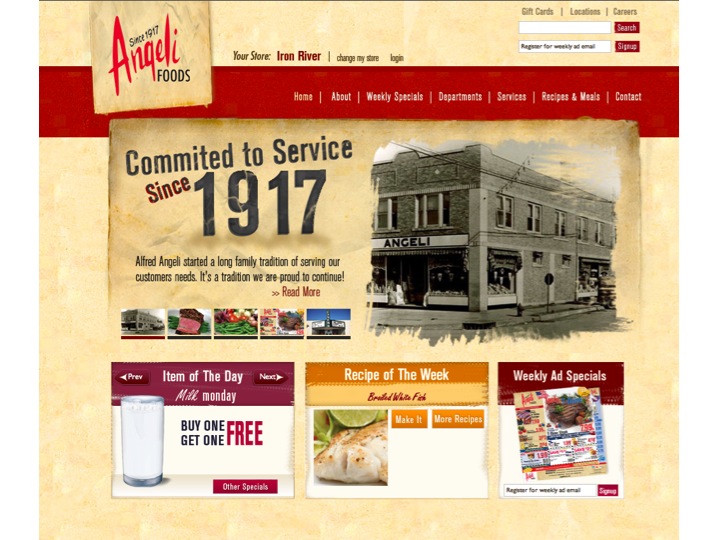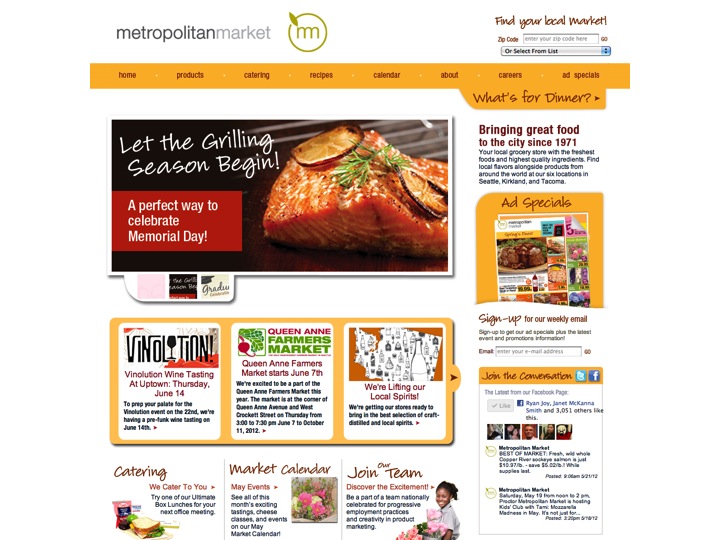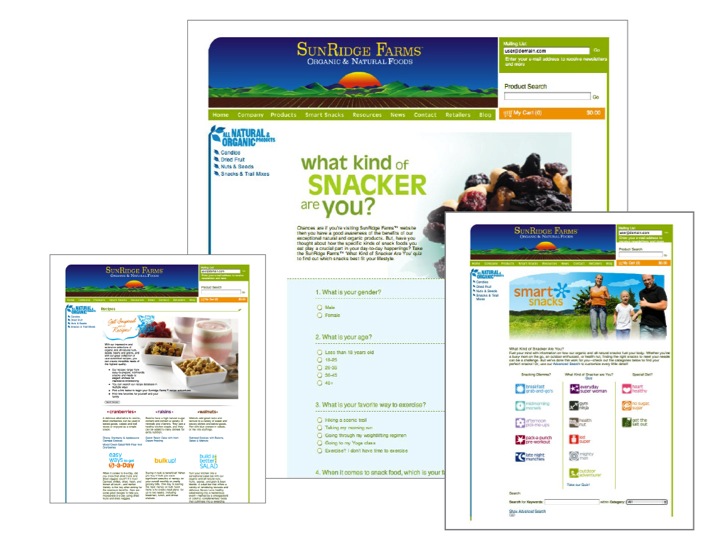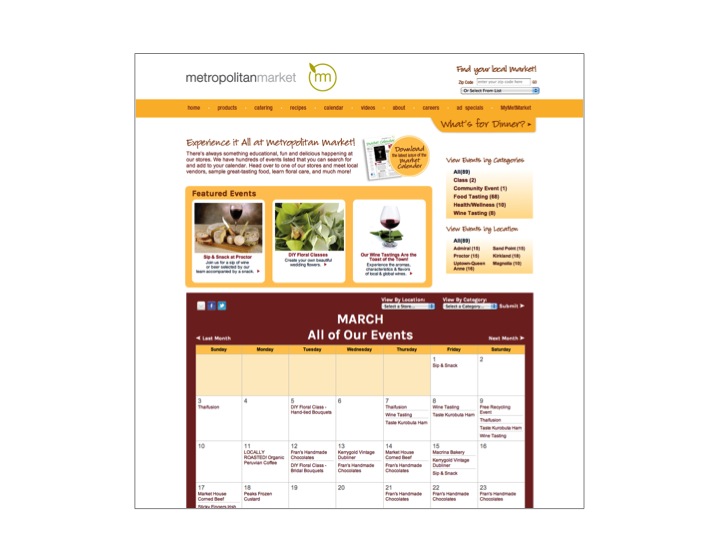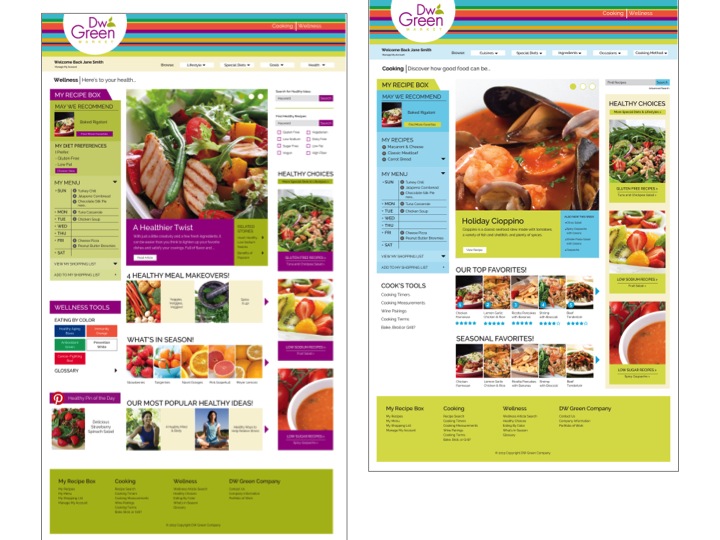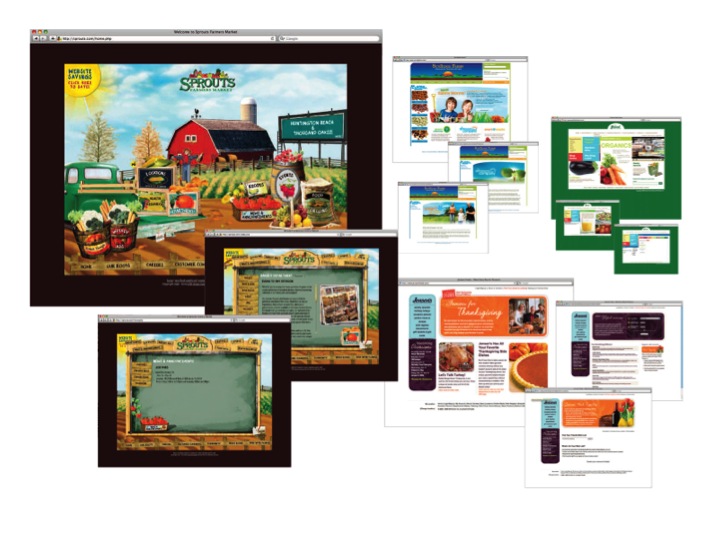Company News
How To Manage And Consolidate Your Printing Costs
by webmaster — February 24, 2010
For those of you who attend NGA each year, there’s a chance you heard me speak in workshops in 2003, 2004 and 2006 about the same topic: namely, what is the future of the printed ads in supermarkets? If you are going to depend on print advertising to deliver your marketing messages, you best have an outstanding printed piece that attracts new customers.
Printing Costs
The entire commercial printing industry is upside down. We’ve seen recent bankruptcies of American Color, Vertis and World Color.  Many mid-sized printers have closed. Printing costs have dropped dramatically for new customers. If you’ve been a customer of a printer for some time, however, chances are you’re not seeing price declines.
Many mid-sized printers have closed. Printing costs have dropped dramatically for new customers. If you’ve been a customer of a printer for some time, however, chances are you’re not seeing price declines.
In printing, does (run) size matter?
Sure. Five years ago it wasn’t such a big deal to start and stop a press for smaller print runs. Today, the printers have to gain efficiencies to generate the margins they need with the state of the printing industry. In fact, some of our customers have reported that they’ve already heard from some smaller printers in their marketing areas that they expect to close up shop in 2010. Where do these smaller run sizes go?
Is your printer “changing stripes”? Where do you source your printing?
You probably have a relationship with a printer or a print broker. Chances are, whoever that party is, they are changing stripes—and quickly. Printers are realizing that the web is gaining more and more momentum, and that it’s time to diversify into new areas outside of printing like websites and online ads.
What can you do to better manage your printing costs?
We recommend you consider these points: 1. No contracts! Don’t sign any agreements with any printers demanding an annual quantity or a predetermined contract length for your printing business. This shouldn’t be necessary in the current environment, and it’s best to be flexible. What if you contract for a year, or say, 12 million copies over the course of a year and then find out your printer is closing and that their business was sold to a company 1500 miles away?  2. Be flexible on paper grade!. This does NOT mean you should accept lower grades of paper to save money. What it means is that if your paper is using a similar grade of paper to print a 4 million-copy press run, why not see if there are savings for you by using the identical size and grade of paper? 3.Consider joining a consortium. This does NOT mean joining a group that is buying large quantities of paper and negotiating with various printers. And it doesn’t mean linking up with a printing broker as a “middleman” in the process.
2. Be flexible on paper grade!. This does NOT mean you should accept lower grades of paper to save money. What it means is that if your paper is using a similar grade of paper to print a 4 million-copy press run, why not see if there are savings for you by using the identical size and grade of paper? 3.Consider joining a consortium. This does NOT mean joining a group that is buying large quantities of paper and negotiating with various printers. And it doesn’t mean linking up with a printing broker as a “middleman” in the process.  Instead, consider joining a group of other businesses that have weekly printing needs similar to yours, and then consolidating your printing orders to gain more negotiating clout—and a lower price. If structured properly, all involved would receive the identical CPM (cost per thousand) for their portion of the press run, big or small. Every participant would pay the identical cost for printing plates. The only difference in price to those in the consortium would be the freight to the inserting papers. Working with our customers, we’ve helped consolidate printing for over 63 million copies and over 500 million pages of supermarket ads. It’s a process of combining printing orders to gain efficiencies for printers and thus lower prices. A single store operator needing just 8,000 weekly copies can obtain the identical pricing (cost per thousand rate) as another retailer needing 400,000 weekly copies as long as both stores can arrange printing schedules for a combined press run.
Instead, consider joining a group of other businesses that have weekly printing needs similar to yours, and then consolidating your printing orders to gain more negotiating clout—and a lower price. If structured properly, all involved would receive the identical CPM (cost per thousand) for their portion of the press run, big or small. Every participant would pay the identical cost for printing plates. The only difference in price to those in the consortium would be the freight to the inserting papers. Working with our customers, we’ve helped consolidate printing for over 63 million copies and over 500 million pages of supermarket ads. It’s a process of combining printing orders to gain efficiencies for printers and thus lower prices. A single store operator needing just 8,000 weekly copies can obtain the identical pricing (cost per thousand rate) as another retailer needing 400,000 weekly copies as long as both stores can arrange printing schedules for a combined press run. 
Need some help managing your printing costs?
Think about it. Does your printer want to encourage you to print fewer copies? Does your inserter want you to insert fewer copies? Why would they be encouraged to save printing costs when sales are dropping each day? To help save money, find a friend in the industry that shares identical print related issues. This will become even more important as consumers increasingly migrate to web based news and drop their newspaper subscriptions.
That shift in consumer behavior is a reminder that businesses can no longer rely on the old ways of doing things if they want to stay competitive and sustainable. As print declines and digital consumption grows, the real challenge is finding smarter, leaner methods to handle recurring revenue without letting inefficiencies eat away at profits.
Every unnecessary cost adds up, and just as with print production, overlooking the details in billing and customer retention can quietly drain resources. One of the most effective ways to get ahead of that curve is to Manage your subscriptions with the same care you would give to streamlining any other major expense, making sure payments are clear, predictable, and effortless for customers. When businesses take this approach, they not only cut waste but also strengthen customer trust and create a steady foundation to grow, even as the industry around them changes.
Filed Under: Company News












